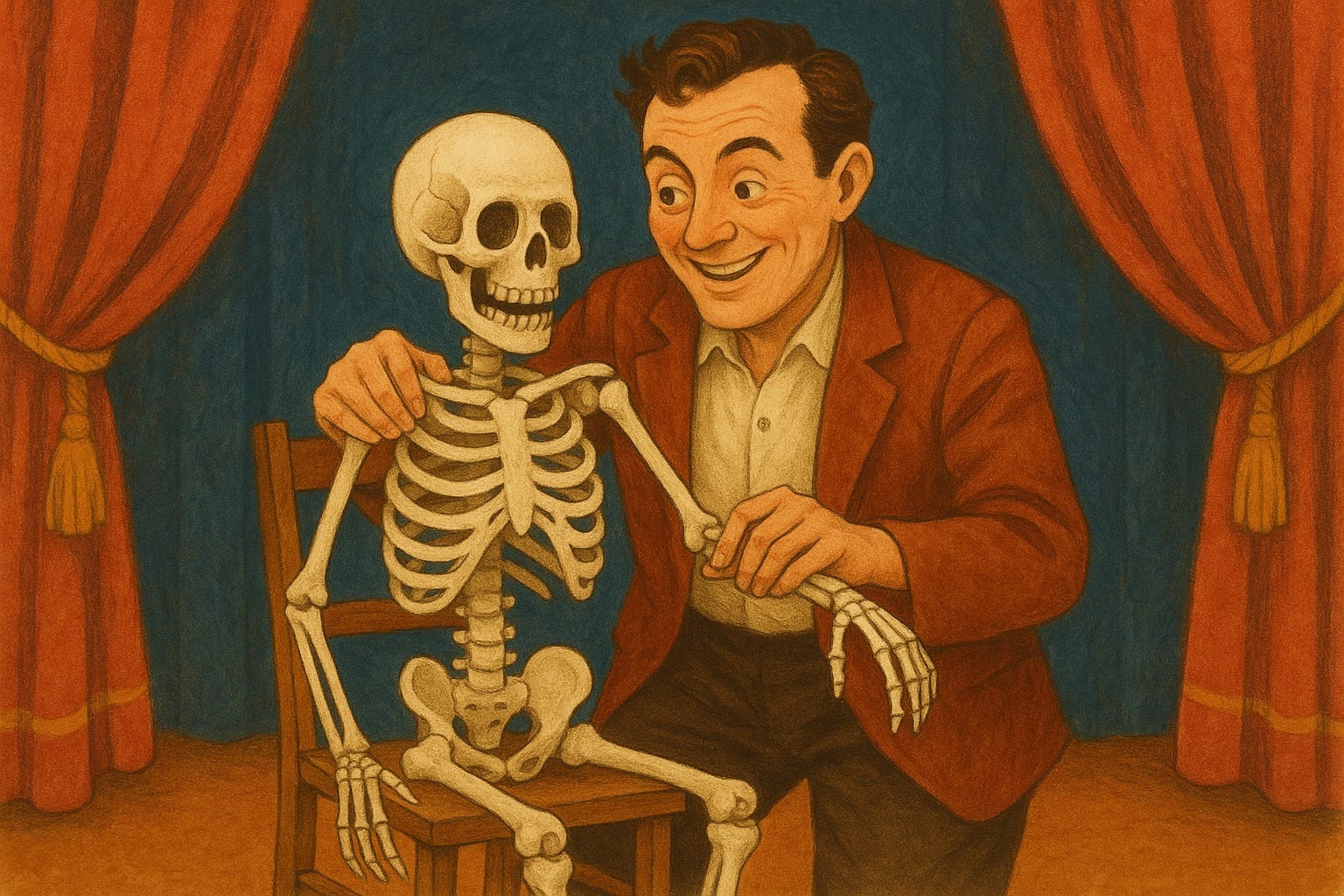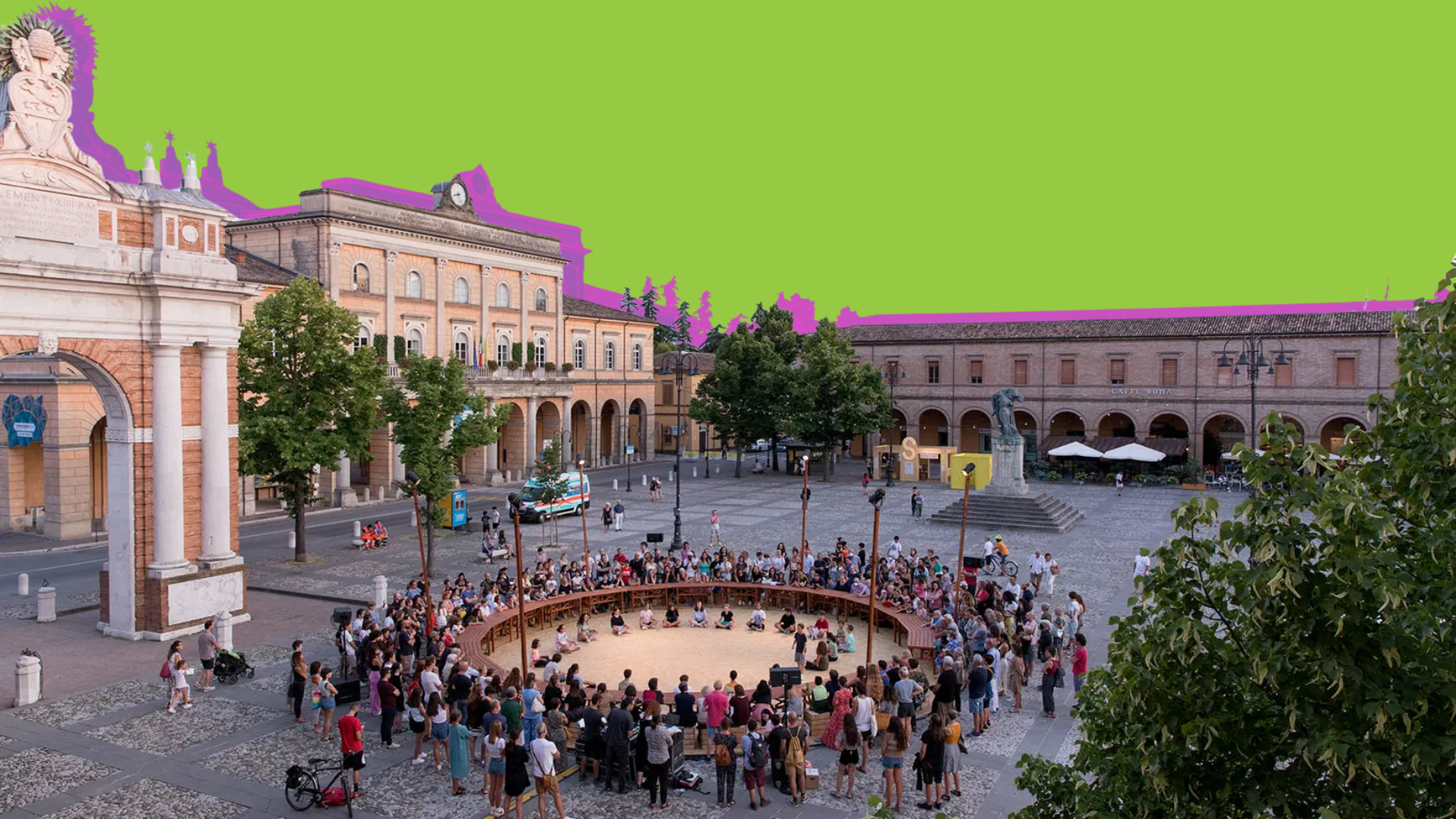The Zone of Interest can be referred to as the least traumatic Holocaust movie ever made.
It is a sort of "License to Kill" what the Nazis seem to have used to legitimize the annihilation of the Jewish community. The Zone of Interest patently focuses on this aspect to expose the horrors of the Holocaust through allusions, the constant background screams and cries of the people being burnt in the crematoria, and the contrast with the idyllic life led by the Höss family beyond the wall separating them from Auschwitz concentration camp. However, let's not forget thatthat what Jonathan Glazer uses to slightly disguise Nazi atrocities is the true story of Auschwitz commandant Rudolf Höss and his family. They lead an ordinary family life, made of picnics by the river and social gatherings of all sorts, as if nothing was happening on the other side of the wall. What Glazer does is display these horrors soaking us completely into the movie’s dimension: it starts with a black screen - alluding to the seriousness pervading the film - and some background noises - screams blended with birds chirping. All of this warns the audience that we are entering a sort of forbidden dimension, almost detached from reality, where nothing is explicit, but everything is implied and well-known. We go back in time, our senses having been numbed; all but one: hearing. We can hear the water running, the birds chirping, and the genocide victims screaming. As the movie proceeds, we gradually pay less and less attention to what goes on in the concentration camp because we get used to its sounds. Glazer has crafted a movie about the Holocaust by immerging the audience into that time . We too are part of the Höss family; we too are Rudolf’s children, still pure and innocent; we are not aware of the atrocities and mass extermination taking place just a few steps away from us, and it must stay this way. This explains the circular structure of the movie itself: it ends with the same black screen, setting us free from the dimension we’ve been immersed in since the beginning.
The atrocities perpetrated by those who took part in this genocide are never out in the open: everything is only hinted at, nothing is explicit. Once again, it is best if we do not see what is truly going on.
The narrative of the Holocaust has been ongoing for over fifty years now, and its legacy must remain for the generations to come: it must never be forgotten. However, it has never been narrated as Jonathan Glazer does. It has, however, never been told the way Jonathan Glazer has. His is the least traumatic Holocaust movie ever made, precisely because his goal was for it to be quietly devastating.
In any case, understanding Glazer's intentions has been far from easy. The scenes are often disconnected, there doesn’t seem to be a logical thread , and this aspect makes the film hard to follow. The tale of Hansel and Gretel, for instance, appears a few times in the film as a bedtime story Rudolf reads to his daughter, and might have been inserted as a way of showing how the Nazis brainwashed their own children, convincing them that burning someone is fine if done for the right reasons ("if one has been naughty," as Rudolf suggests to his daughter). However immediate the interpretation of this detail appears to be, the same does not hold true for the rest of the movie. Let’s take the last scene, for instance, where Rudolf seems to be on the verge of throwing up just before taking a peek into the future of the concentration camp through a door peephole - how does it fit into the film? How does it connect with the previous scene? There are a few interpretations of the final scene worth considering; however, if I, for instance, had not listened to some interviews to the director or read other reviews, I wouldn’t have easily been able to come up with such elaborate explanations only in an interesting amount of time. And I have seen my share of movies.
In any case, what is interesting about this movie is how its circular structure is used to create an overwhelming dimension: we are completely enveloped by the film until the very last scene, where the circle closes. Despite being an intriguing work of perspective, it is rather disheartening to witness these many shifts from scene to scene with no apparent train of thought. The movie begins with birds chirping and river water running, and ends with dramatic sounds that seem to come straight from the Hell the genocide victims have lived: two conflicting settings. Implicit and minimalist, it actually does not need a common thread, as Glazer's intention has been completely fulfilled: reminding us that what happened must not be forgotten.




Comments ()